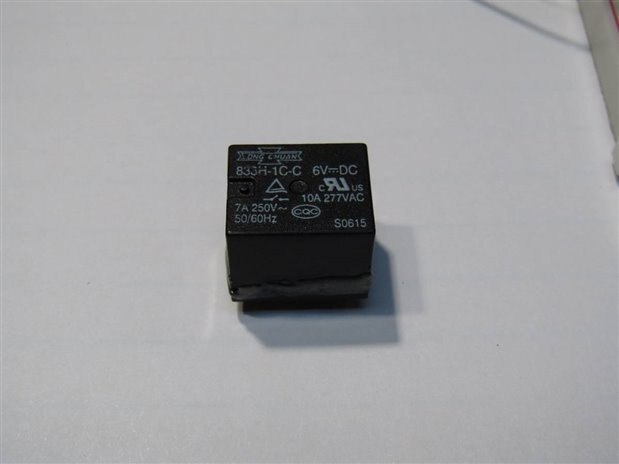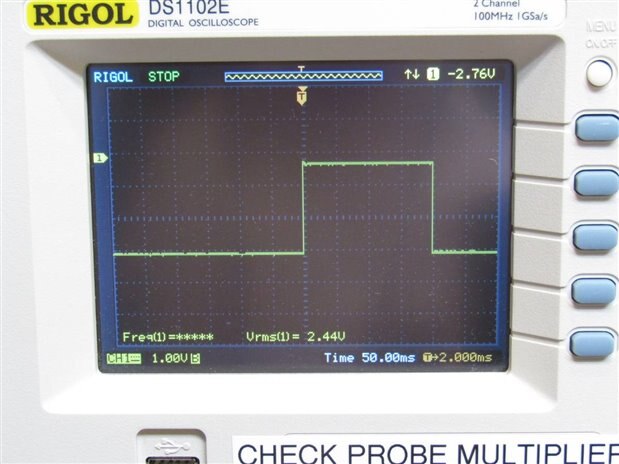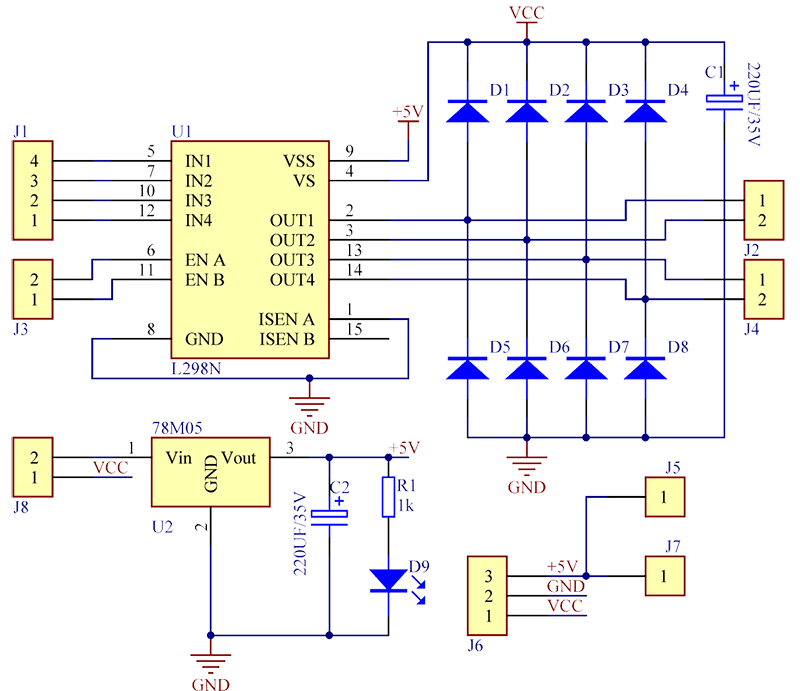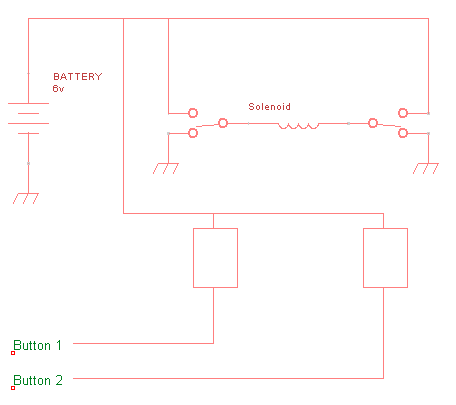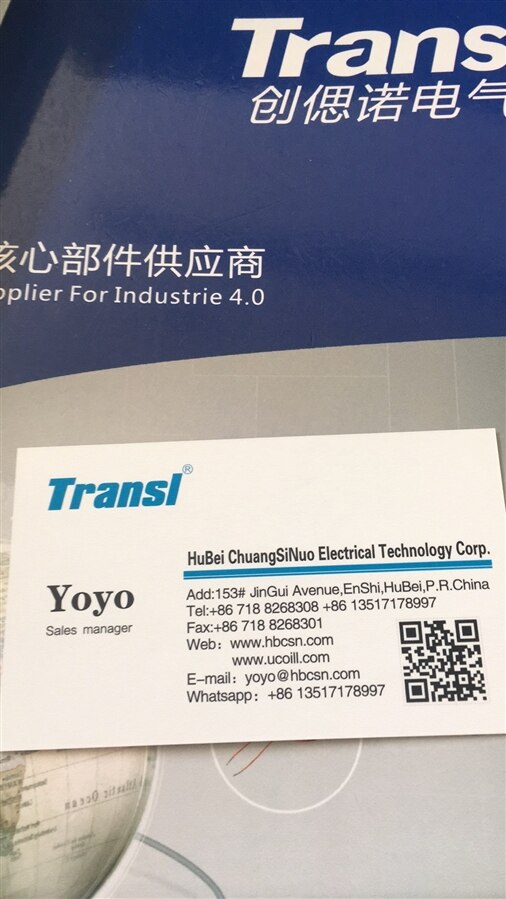Hi there.
This is my first time posting and it's about my first electronics project since school  . So no need to say that i apologise if what I am asking is very simple but still I hope some one can help me.
. So no need to say that i apologise if what I am asking is very simple but still I hope some one can help me.
So here's the situ... I want to be able to remotely switch a hose pipe on, but the thing is, the system is fixed into my vehicle so the whole thing has to be portable and run off batteries. I have a remote switch that at the press of a button (on the remote) can momentarily (or it can be set to self lock also) connect the battery to the solenoid valve and switch it on but the valve needs the polarity to be reversed and pulsed to switch it off again. For love nor money can I figure out a way of doing this? My head is in a whirl from all the h-bridge... dpdt relays... flipflops... etc.... every time I research something it seems I need something else to make it work. (if that makes sense) I am lost.
In short what I want to do is: Press the button on the remote control once and it turn the water flow on, and press it again and the water turn off. Basically its a momentary push button input that alternates between a +6v output and a -6v output. If that is possible.
I want to use this latching type relay because you can get low power ones of this type, but they also save battery power by only requiring a pulse of electricity to change state, rather than energising a coil for longer periods of time. Oh and I also want to avoid using microcontrollers if possible because I can't code.
Really hope someone out there can help. I also hope I remembered everything, if I missed something just let me know.
Thanks for reading.
Simon.
p.s. I found one other post like this with a guy with my exact problem but he gave up and used a non-latching type. 




